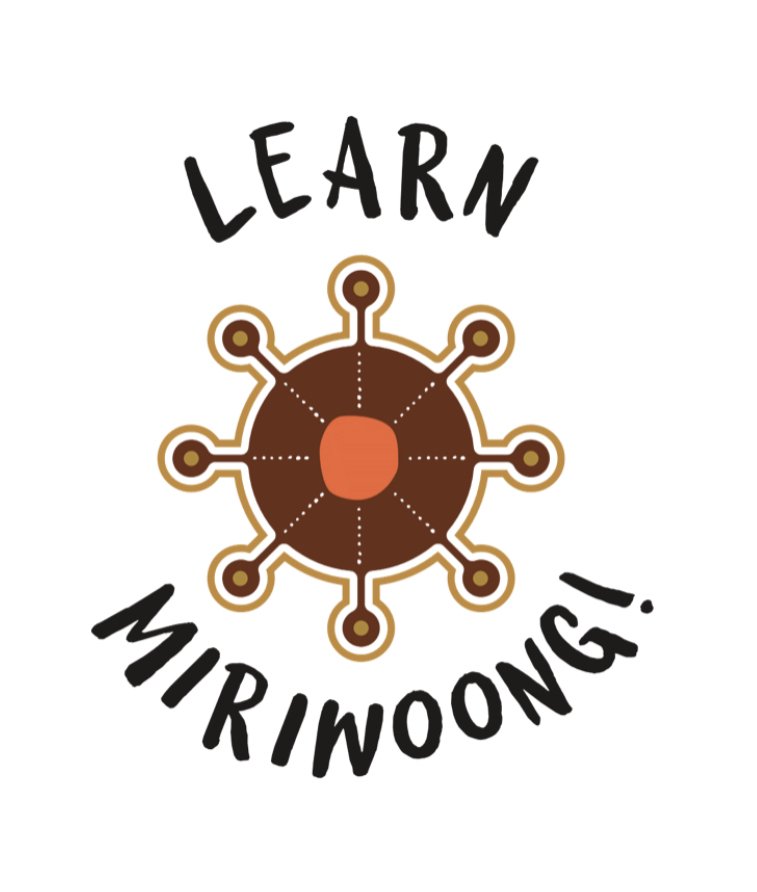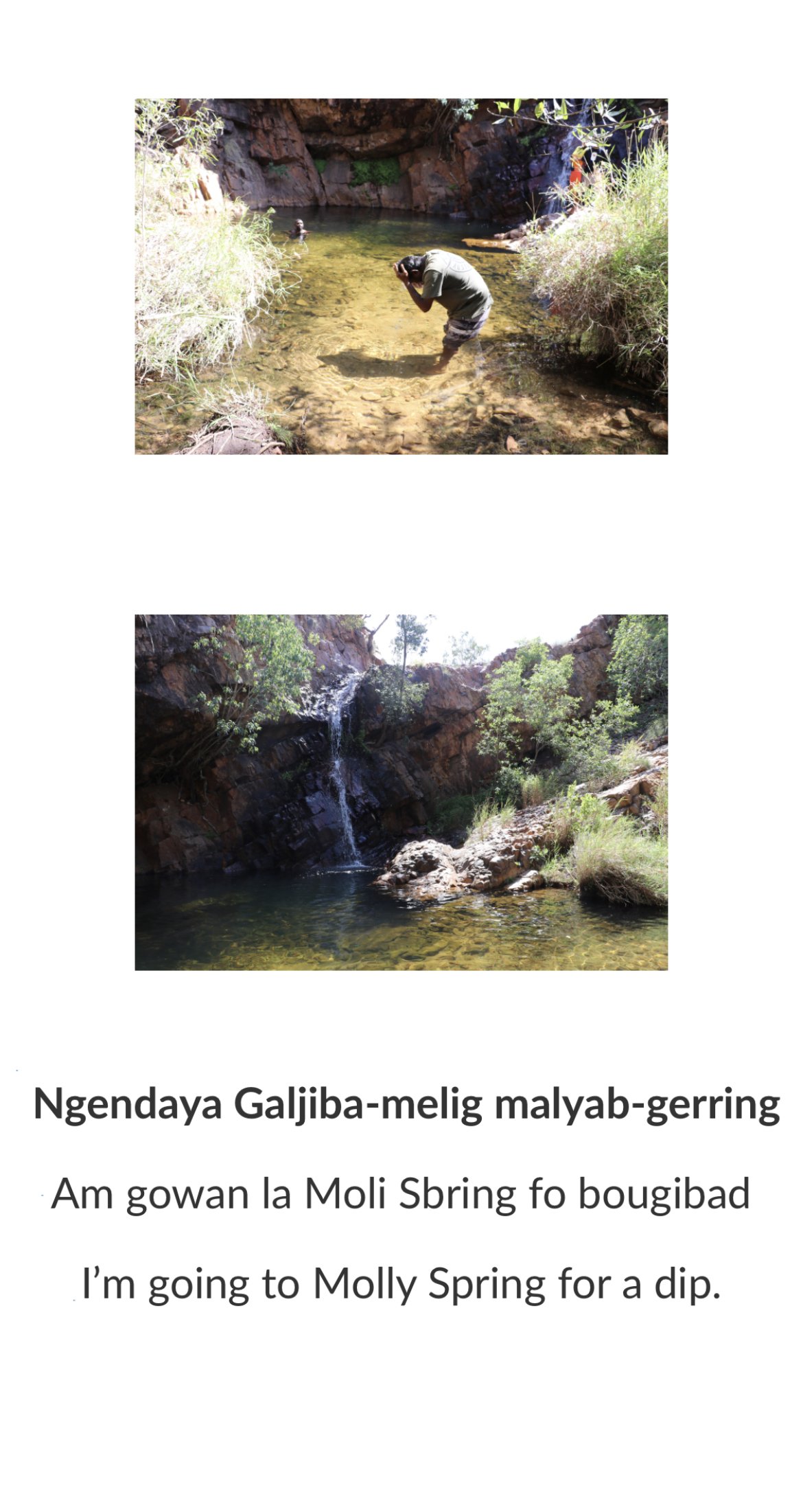Notice Board
Welcome to our Language Community Notice Board!
Whether you are starting out on reclaiming your language, learning or teaching it, or creating language materials - we hope you find this space helpful. We will regularly add posts to the notice board to provide ongoing support for your language work. If you can’t see what you’re looking for - please feel free to contact us, we’d love to hear your feedback.
What is language work?
Language work means doing things related to language. People who do language work might research or document languages, make materials to help people learn them, teach language classes, translate, or fight to protect their language.
Where do I start?
If you're just getting started with language work, there are many ways to find help and resources. Getting into language work might look different for everyone depending on what you need. But one way to begin is by reaching out to local language centres, organisations, or groups in your area.
Take a look at First Languages Australia’s Language Centres and Programs Map
There are also some useful resources you can find on the First Languages Australia website
Do you need funding?
Funding helps support language work because it provides the resources and money needed to carry out important activities related to languages. Funding is usually sourced through grants. Grants are given out to support a project, activity or individual but usually must meet certain criteria to be successful.
Need some tips on applying for grants? we have some helpful tips available here
Linguistics is the study of language. It involves looking at how languages are structured, how they work, and how people use them to communicate. When you begin to study your language, you might come in to contact with some tricky linguistic terms. Let’s learn a little bit more about these.
Morphology looks at the way words are made. In morphology, we think about the small pieces of language (which are called morphemes) and how they can be put together to make words.
Morphemes often tell us important grammatical information such as tense, number, and case. Learning morphemes helps learners understand the structure and function of words within sentences, leading to better understanding of grammar rules.
Let’s start unpacking this, watch this space for more resources to come.
Morphology
Wangkaku Nintirri: Learn for the sake of our languages is a series of introductory films to support language worker skill development accessed here
Take a look at Film 3 : Parts of speech for language workers. This film looks at the parts of speech that may be found in languages - verbs and conjugations, nouns, pronouns, descriptors/adjectives and adverbs, and prepositions/post positions in an easy-to-understand way.
Knowing where to start when it comes to teaching a language can be overwhelming!
Language Teaching Methods
The four stages is a method that describes the progression of language skills and awareness that people demonstrate when learning a new language. Have a go at following our step-by-step instructions here
Total Physical Response (TPR) emphasises learning through physical actions and movements. In TPR, learners respond to commands or instructions given by the teacher by performing actions. learn more here
Language Practice Activities
Once your learners know some key words, practice them lots using fun and interactive learning games and activities!
NEW ADDITION!
Mangurr-jangu shares activities and ideas for teaching Aboriginal and Torres Strait Islander languages in schools, community, family and adult learning environments. The activities can be used for any language, you can have a look here
Let’s get creative and have a go at creating some resources!
Wordless books are flexible and inclusive language learning tools. Have a go at making your own and follow our tips and instructions on how to use them
E-Books
Have you got access to an iPad? Have a go at using the Book Creator App to create your own multimodal language learning tool. This is a great way to use text, images, audio recordings and interactive elements to engage people in language learning! It is free to download and has in-App training.
Need some inspiration?
Check out deadly eBook Gabi Nembaya that the Miriwoong mob at Mirima Dawang Woorlab-gerring made via the Learn Miriwoong app!
Practicing vocabulary: the '20:20' approach
If you're looking for a tip to help with planning your language sessions – consider the ‘20:20’ rule. This approach suggests that to fully learn and remember a new word, you should use (hear and say) that word 20 times in 20 different contexts. Different contexts could be considered as: different activities (e.g. using the word in a game, in a story), different resources (e.g. practicing the word with flashcards, physical objects), in different sentences, or in different places.
Can’t see the information you need?
Send us a request!
Or you can provide some feedback on this page, what would you like to see next on our Notice Board?











